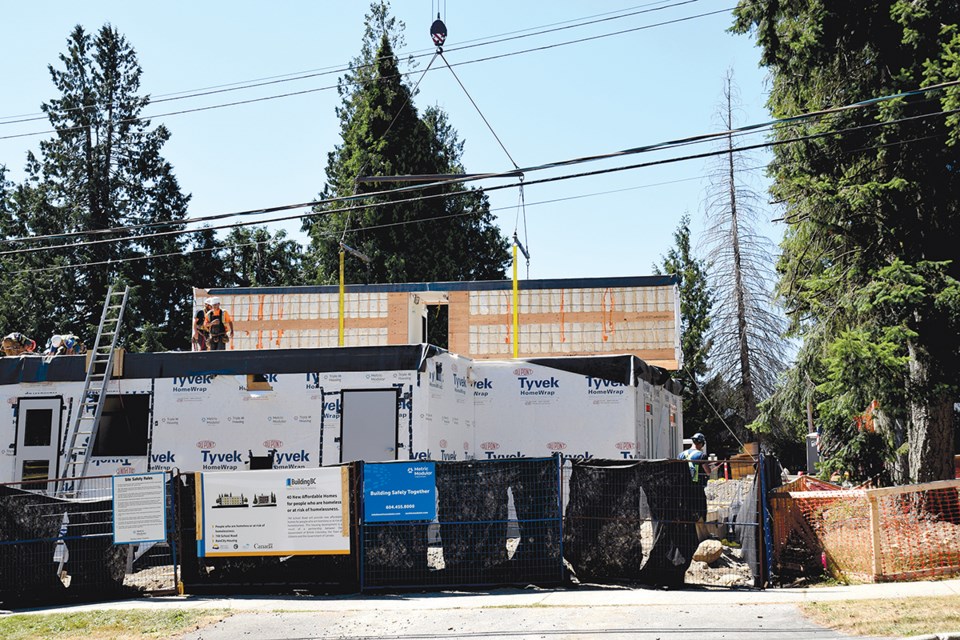The homeless count conducted in Sechelt, Gibsons and Roberts Creek in early March found 84 people living in shelters, “couch surfing,” or living outdoors in the area – up from the 57 people identified in a 2018 count.
The Sunshine Coast count, on March 6, was one of only eight completed by the Homelessness Services Association of BC before the COVID pandemic forced postponement of the program “out of consideration for the health of people experiencing homelessness, volunteers and organizers,” according to the Ministry of Social Development and Poverty Reduction.
For the purposes of the count, people were seen as experiencing homelessness if they did not have a place of their own where they paid rent and could expect to stay for at least 30 days.
The number of “sheltered” homeless people – those who stayed overnight on the night of the count in a homeless shelter, transition house for women or with no fixed address and those staying temporarily in hospitals, jails or detox facilities – identified in the point-in-time count was 39, up from 30 in 2018.
Those who fell into the category of “unsheltered,” or staying outside, in vehicles or temporarily at someone else’s place, was 45. That’s 18 more than 2018. The survey notes that of those 45 people, 12 told volunteers they were “couch surfing” on the night of the count.
The 2020 results are still preliminary and the Homelessness Services Association, which coordinated the provincially-funded count, has not released data about other details collected, such as age or gender.
The 2018 homeless count found 36 per cent of homeless people had lived on the Coast at least 10 years, 27 per cent were Indigenous, 60 per cent were aged 25 to 54 and 29 per cent were older than 55. The split between male and female was nearly even.
The in-depth report will likely be drafted after the remaining eight counts that were originally set for April are completed. In an email to Coast Reporter, the ministry said it was working with federal partners and local coordinators on rescheduling the remaining provincially-funded counts.
“We need to address health and safety concerns involved with conducting a count and ensure the timing will give us the best picture possible of B.C.’s homelessness situation,” the ministry said.



